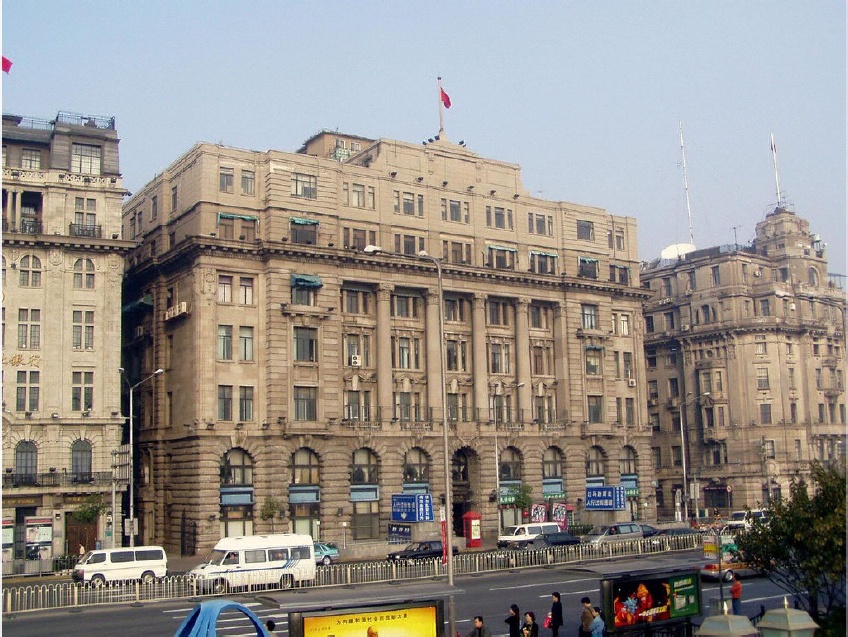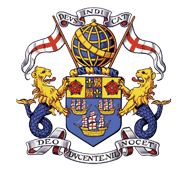Contents
- Introduction
- Preface
- Overview
- Relief Valve
- LECTURE 1: Why We Are In The Dark About Money
- LECTURE 2: The Con
- LECTURE 3: The Vatican-Central to the Origins of Money & Power
-
LECTURE 4: London The Corporation Origins of Opium Drug Smuggling
- Early Barter System
- Trade started with a Sail Boat called a Carrack
- Corporations and Maritime Time Line
- Marine Merchants Timeline
- Levant Company
- London The Corporation
- Church of England The Corporation
- Just Steal It - EIC Commits First Corporate Espionage!
- Matheson & Jardine Families
- The Bankster Families Who Control Opium Smuggling
- Imperialism Rules Enlightened Despotism
- Dutch East India Company
- The Honorable East India Company
- Hong Kong Shanghaied
- Chatham House
- Thuggee the First Fraternity
- Bank of England
- Pirate Bankers
- EIA First Contact With Shanghai China
- The Collapse of the Royal African Company: How Open Trade Trumped the Monopoly
- Shanghai and the First Contact with the West
- Opium - TimeLine
- Opium Trade
- The Opium Wars
- Letter to Opium Drug Smuggling Queen Victoria
- Lecture 4 Objectives and Discussion Questions
- LECTURE 5: U.S. Pirates, Boston Brahmins Opium Drug Smugglers
- LECTURE 6: The Shady Origins Of The Federal Reserve
- LECTURE 7: How The Rich Protect Their Money
- LECTURE 8: How To Protect Your Money From The 1% Predators
- LECTURE 9: Final Thoughts
The British East India Company's First Contact With Shanghai
The East India Company was chartered by the British royal family in 1600.
Company coat of arms: Deus Deo Ducente Nil Nocet(God is our leader. When God leads, nothing can harm)
It made vast fortunes in the opium drug trade with China and became the largest company on earth in its time.
It is the story of how a band of Pirates sustained an imperialist empire. It all starts in 1600 and continues on today.
1699 The East India Company made the first successful sea venture to China.
The Company was interested in Hong Kong’s safe harbor located on the trade routes of the Far East, thus establishing a trade enterprise between Western Opium drug Smuggling Pirates and China. Chinese commodities, namely porcelains, landscaped-furnishings and tea were popular among the European aristocrats. As trade grew the British Government ran out of silver paying buying everything from China and decided to pay for everything by illegally smuggling in outlawed opium.The Chinese emperor banned the drug trade in 1799 which led to the Opium Wars. The 1% British and American pirate empire made their fortune from smuggling opium and selling slaves. When they lost monopoly of the trade, other foreign traders stepped into the illegal opium business.
First and foremost the Scottish Pirate Jardine and his bank in Shanghai.
Jardine Matheson Building
Formerly: Shanghai Foreign Trade Commission, formerly housed the then-powerful Jardine Matheson company.
Architect: Location: No. 27, The Bund, Shanghai, China
Date:Style: Beaux-ArtsConstruction: steel frame, stone claddingType: Office Building

The Jardine Matheson Building (above) is located in the Bund in Shanghai, Communist China.
Perhaps the greatest 'hong' of them all, Jardine Matheson was founded by two Scottish tea exporters, William Jardine and James Matheson, who shifted their original tea trade to the more profitable trade of opium importation into China from India. Having established a foothold in China at Canton, it became the impetus for the British acquisition of Hong Kong, where British and foreign merchantmen could trade freely unfettered by inconsistent Chinese governance based upon a well-founded suspicion of foreigners. Jardines (known as 'Ewo' in Chinese) grew to become the dominant trading company in Shanghai, Hong Kong and the Treaty Ports; by the Inter-War years, Jardines were involved in shipping, warehousing, engineering, mining, silk,cotton, insurance and perhaps most importantly, the EWO brewery. The Shanghai headquarters were built to reflect its premier position. The top two floors were later added. (Architect: AW Graham-Brown of Stewardson & Spence)
Dr. William Jardine practiced medicine on British East India Company vessels sailing between Calcutta and Canton.
Under a charter granted in the seventeenth century by Charles I of England, the directors in London's Leadenhall Street held a monopoly on British trade between India and China. It was customary, however, for the Company's servants to conduct a certain amount of private business of their own.
In order to control this, the East India Company allowed each officer and member of the crew a space about equal to two chests; what the men did with this space was their own business. Using this space, the doctor soon discovered that trading illegal narcotics was far more lucrative than doctoring. It was during these early days that William Jardine found himself onboard a ship captured by the French with all cargo seized. However, what was to become a highly lucrative partnership was formed with a fellow passenger, a Parsee Indian called Jamshet Jejeebhouy. They became good friends, becoming prominent in their respective business fields and forming a trading relationship that was to endure for many years to come.
Many British people believed that freedom of the seas and freedom of trade were synonymous. They had fought for years to establish this freedom, only to see it threatened by a King's charter to a group of London merchants. Further, certain high-handed methods used by the East India Company in dealing with competitors aroused the moral indignation of the British at home.
Nevertheless, open competition with the East India Company was risky business. The Company was empowered to punish transgressors vigorously--even to the extent of hanging. Occasionally, free traders did manage to secure a license from the Company to engage in the "country trade," usually with India, but never with Britain. In rare instances, other free traders, called "interlopers," competed with the Company. The interlopers usually were friends of the Government in England from which they had been able to obtain some form of charter of their own. Sooner or later, however, the East India Company always managed to have these other charters revoked.
There was one method, however, by which a Briton could establish a business on the East India Company's preserves. He could accept the consulship of a foreign country and register under its laws. This method was employed by Jardine to establish himself in Canton.
British Raj: Occupied India and the Chinese Opium Wars part 1
The East India Company was a front company for the British Royal family and the establishment. The company's belief was 'Trade where necessary, plunder where possible'. At its height, the income of the opium trade was around 30% of the British governments total income.
Great Hedge of India: http://en.wikipedia.org/wiki/Great_He...
Opium Financed British Rule in India: http://news.bbc.co.uk/2/hi/south_asia...
British Raj: Occupied India and the Chinese Opium Wars part 2
The East India Company was a front company for the British Royal family and the establishment. The company's belief was 'Trade where necessary, plunder where possible'. At its height, the income of the opium trade was around 30% of the British governments total income.
-Great Hedge of India: http://en.wikipedia.org/wiki/Great_He...
-Opium Financed British Rule in India: http://news.bbc.co.uk/2/hi/south_asia...
-'The Opium Wars - The Addiction of One Empire and the Corruption of Another' by W. Travis Hanes III and Frank Sanello.
